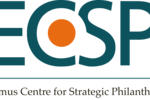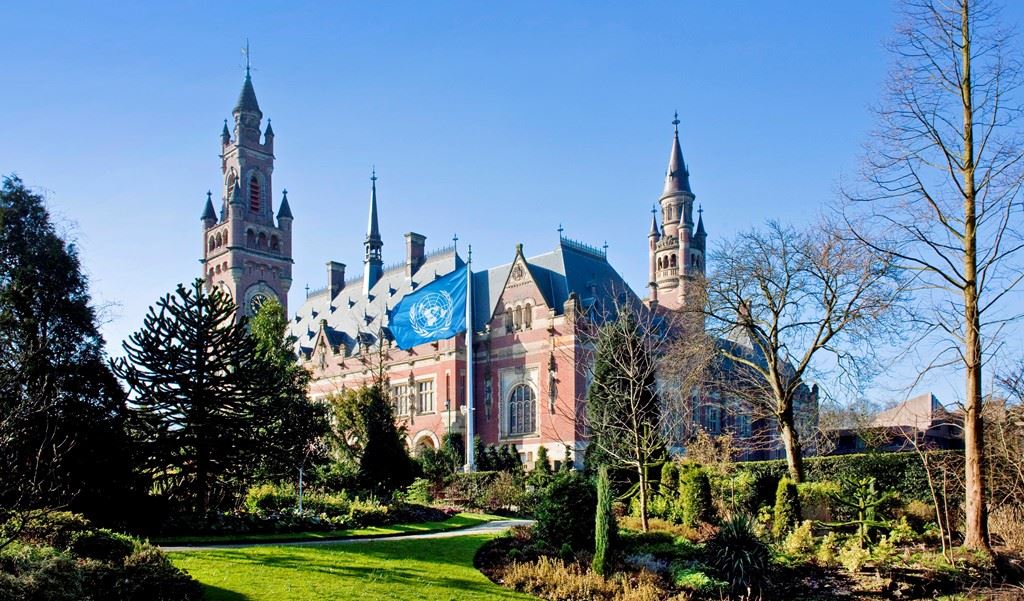Together with the Erasmus Centre for Strategic Philanthropy and Carnegie foundation we launched a Peace Philanthropy Lab at the Peace Palace. How can philanthropists effectively support systemic change that leads to peace and justice for all? “Philanthropy is nimble”, said our guest speaker Angus Hogg, Chairman of the Carnegie UK Trust, at the onset of the event.
Philanthropy has a unique role to play in peace work. Julie Broome: “With its access to knowledge, resources and centers of power, philanthropy is also well-positioned to design nuanced and balanced interventions.” PAX experienced this first hand: “They helped develop this idea. … It really was a joint effort. The networking capabilities of the funder were very useful for our work.” … “We could not have achieved these results without the partnerships with these funds.” Porticus UK explained how its partners allow it to be effective. Through their partners, they gained insights and learnings on what Porticus can do to help move the situation in Northern-Ireland from a negative to a positive peace. Participants to the round table-discussions discussed various ways, expected and unexpected, in which philanthropists can play a role in the area of peace and conflict.
COLLECTIVE LEARNING
The desire and need to learn more about one another and about Peace Philanthropy was clear throughout the day. Julie Broome, for example, spoke about learning as an iterative process, which “must include those whose lives you are wishing to effect”, and involves speaking to people you don’t agree with or like. It should include an “open dialogue with grantees to also know what their challenges are”. Porticus UK is doing just that. Through a multi-level learning agenda, its aims are to learn by doing, to gain a track record and to gain contacts and the trust of those contacts. Porticus’ grantees are an essential part of this learning trajectory. The need for mutual learning was broadly felt. Participants to one of the round-table discussions issued an explicit call for a more permanent learning environment on peace philanthropy, among others bridging the gap between academics and practitioners. Bringing together different actors for joint learning was said to be one of the priorities to bring the field to a next level.


